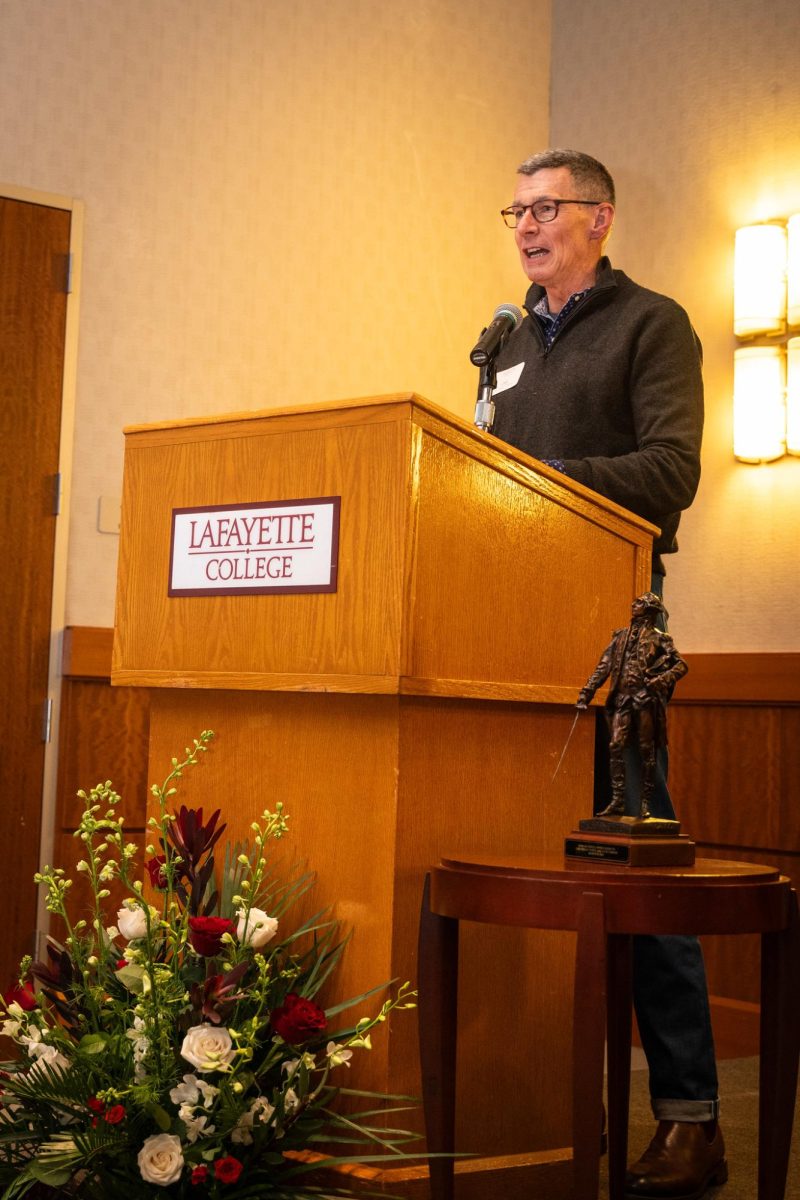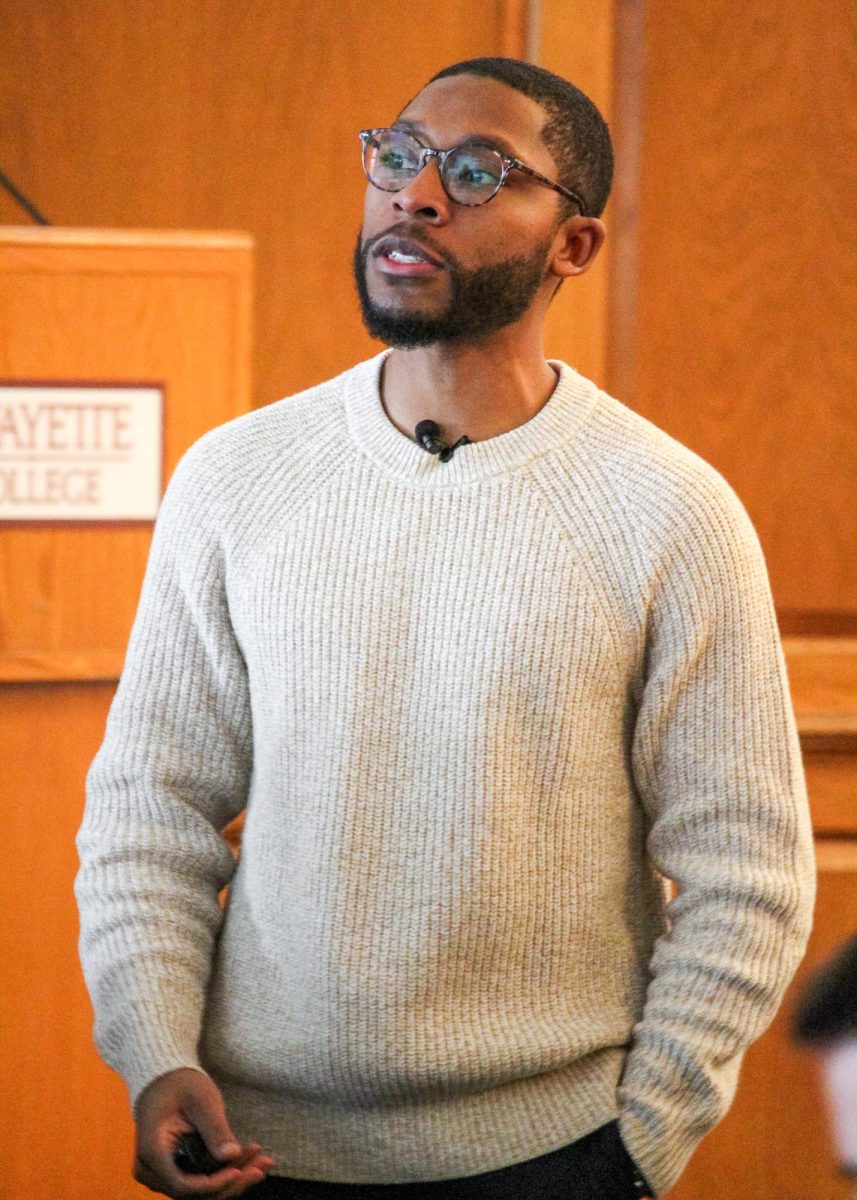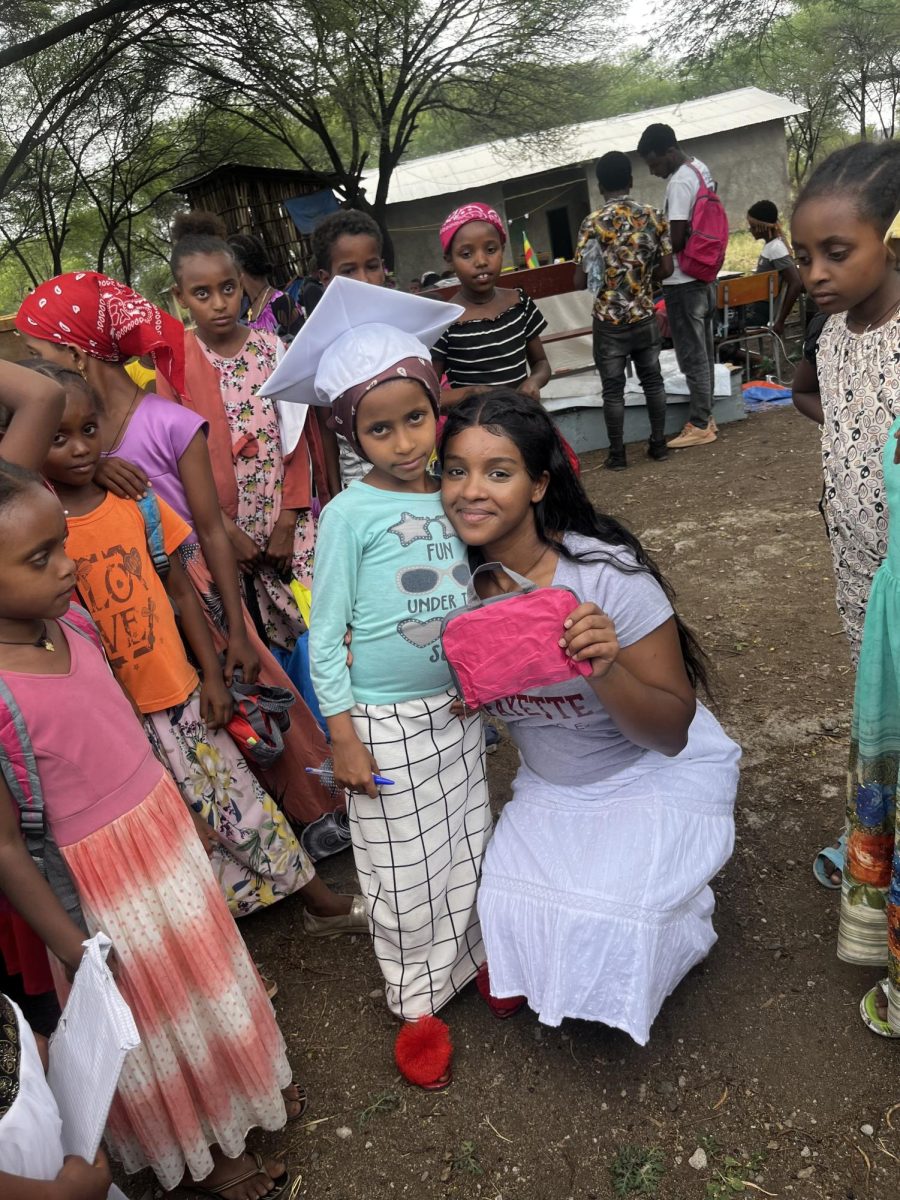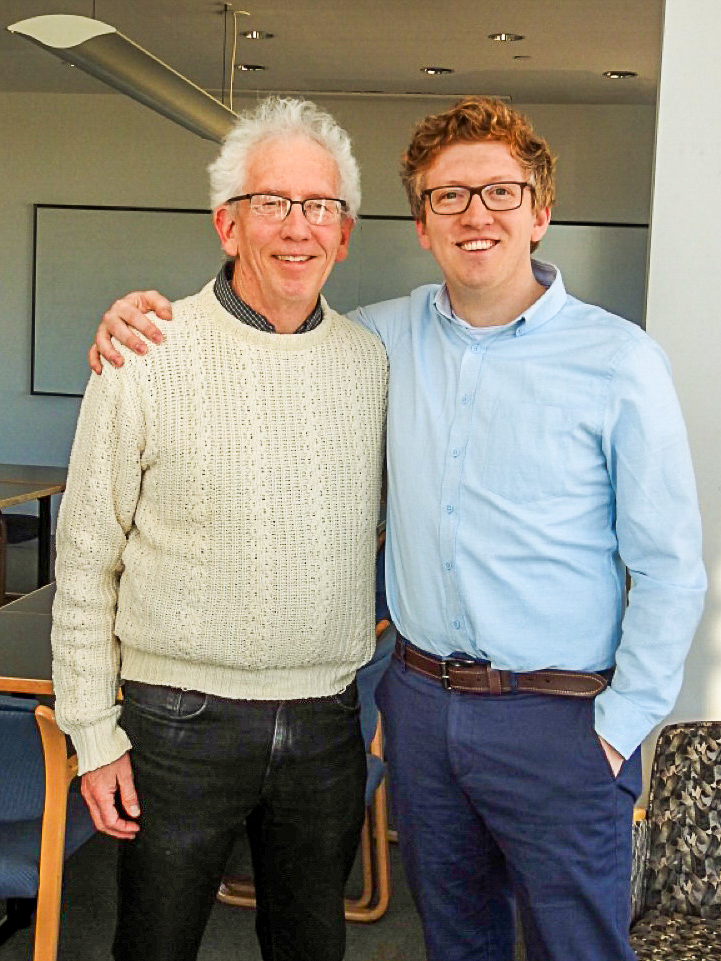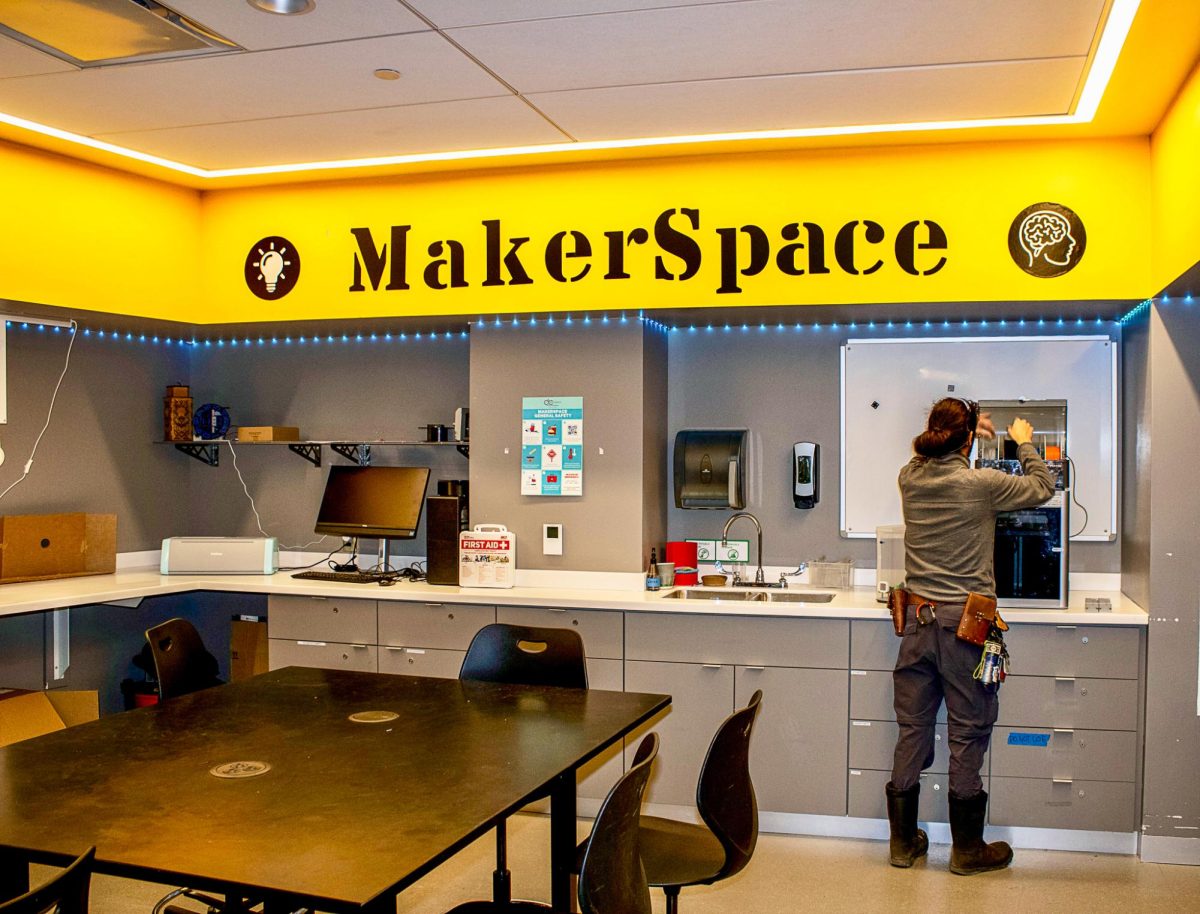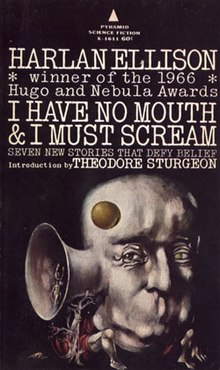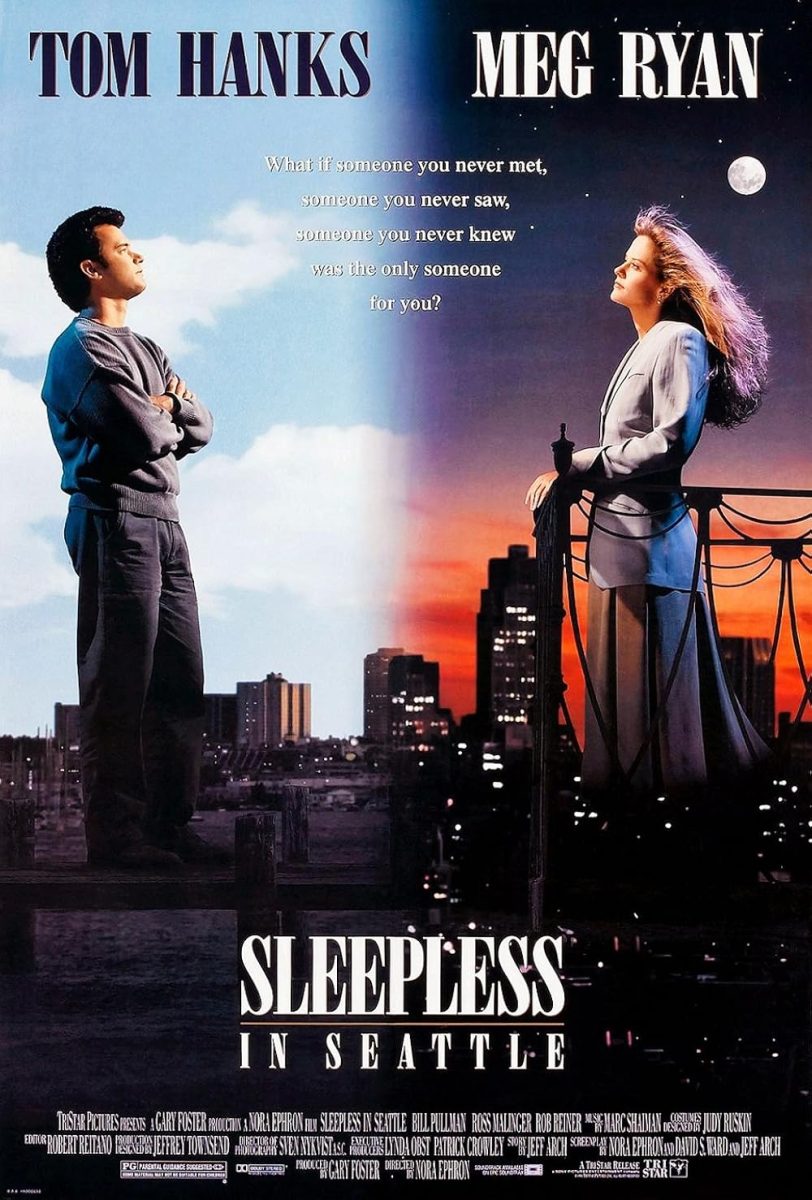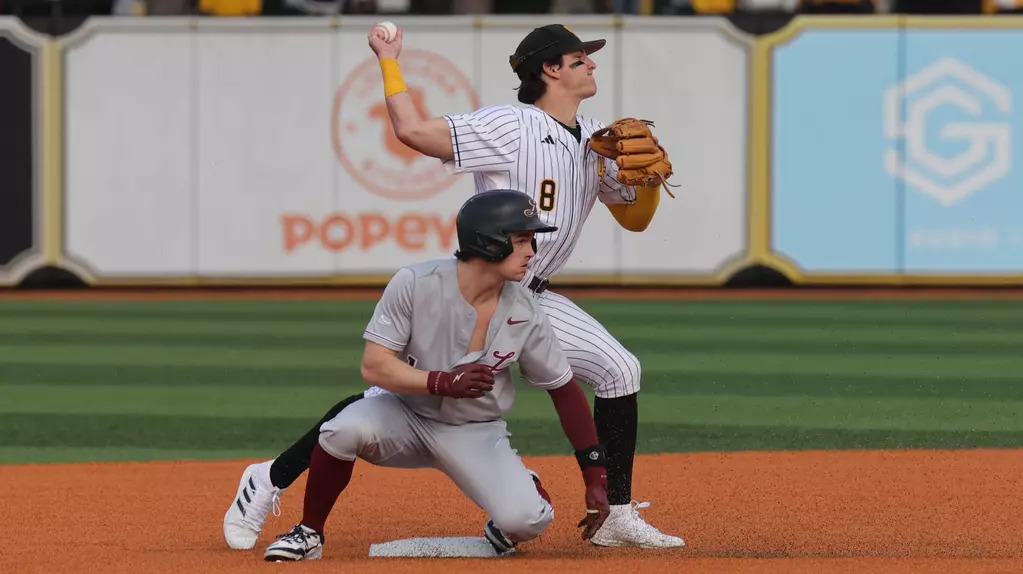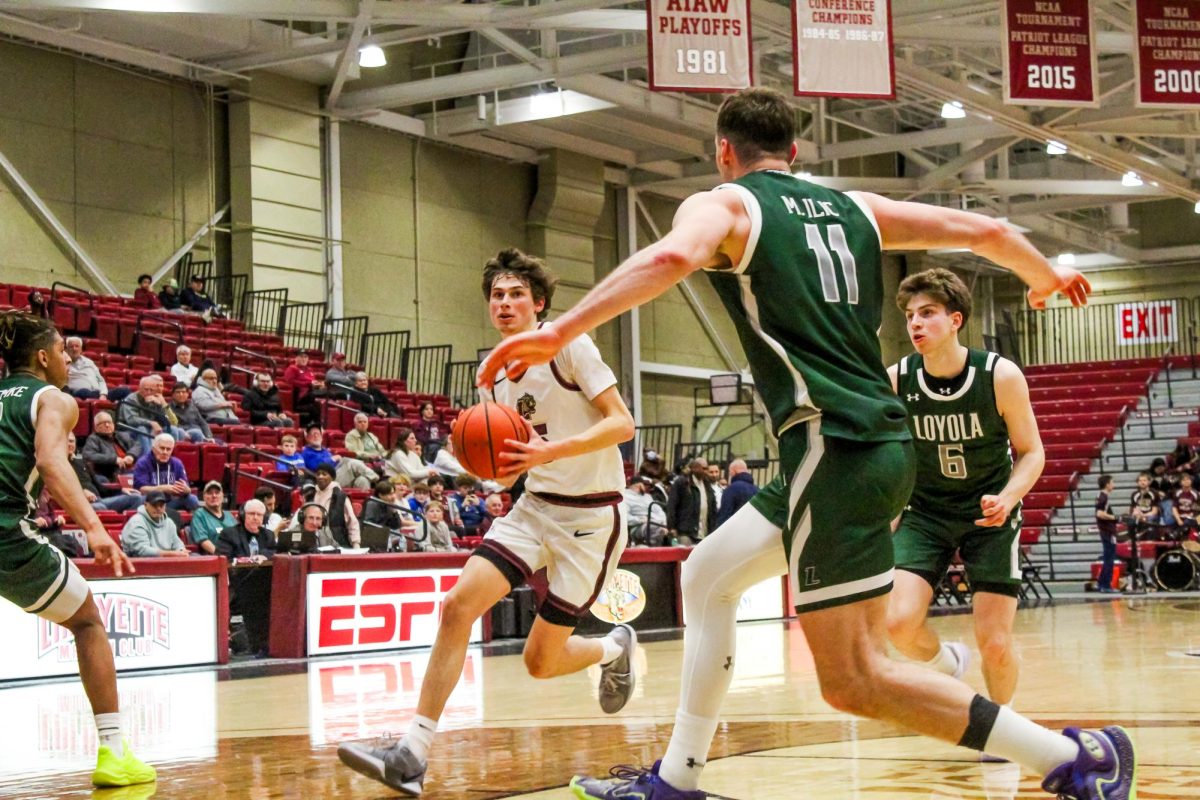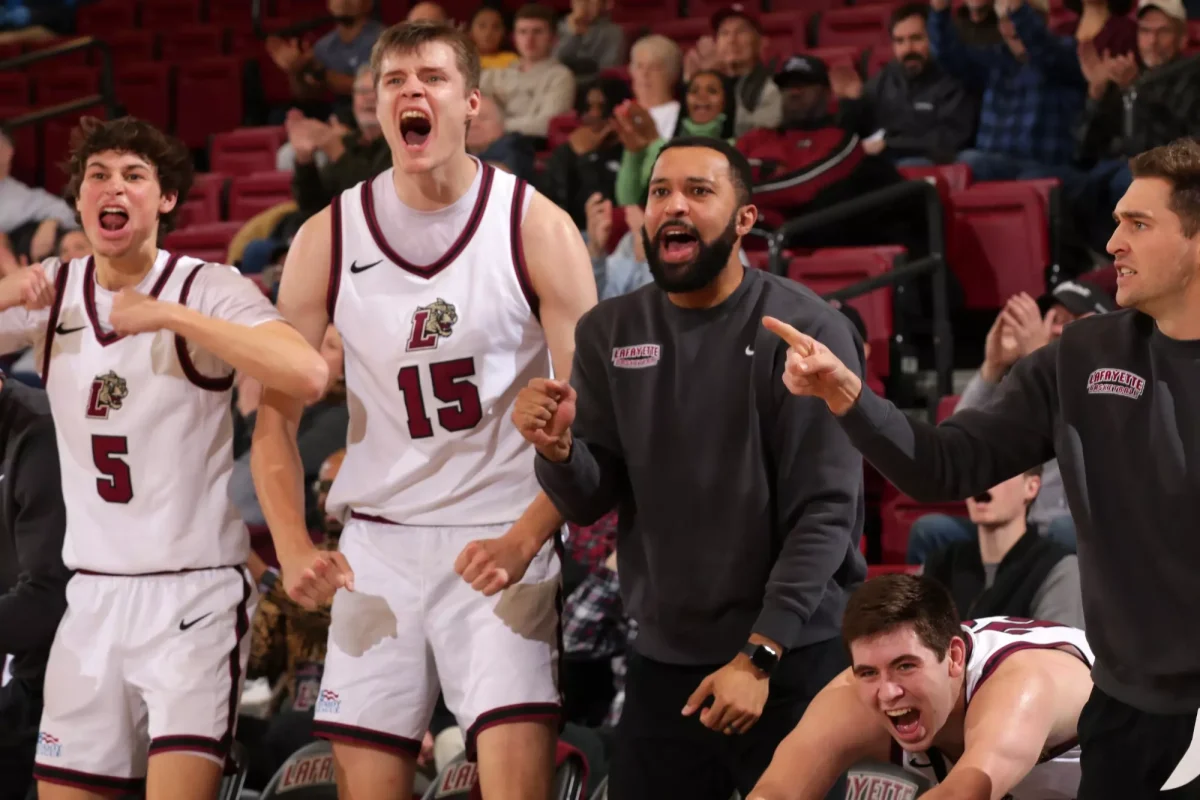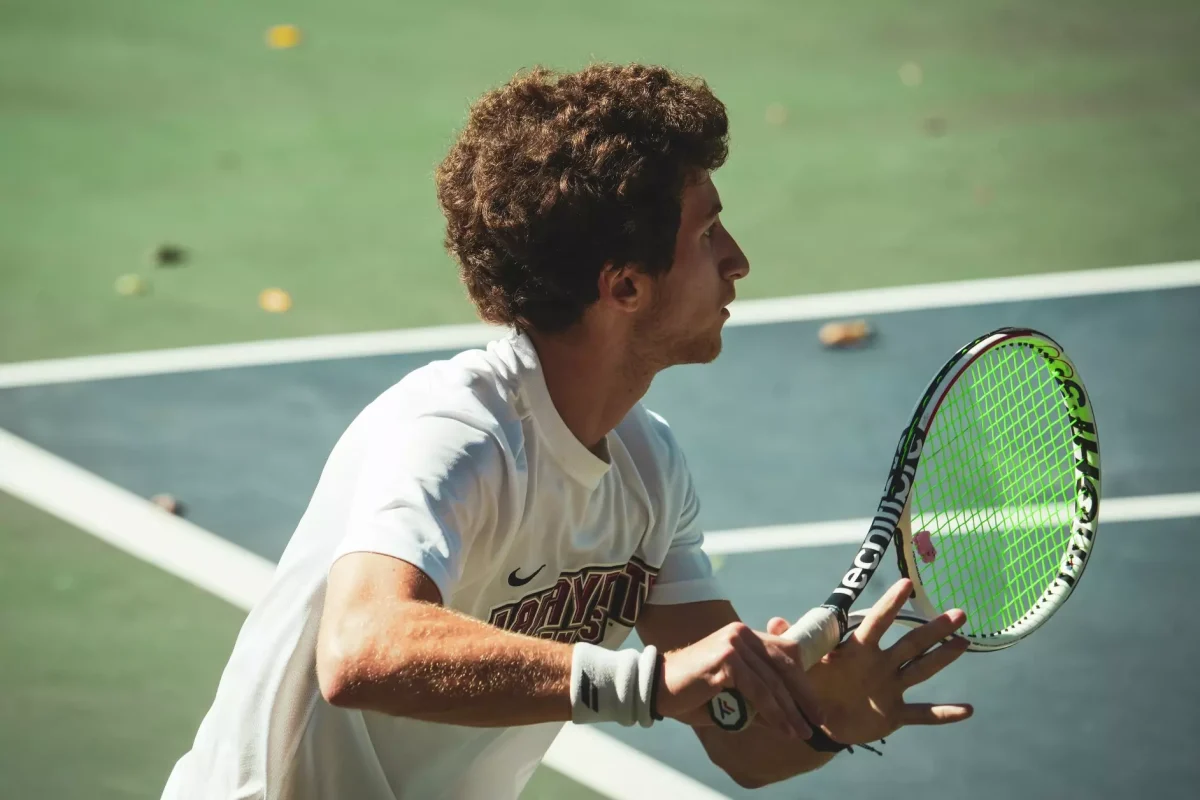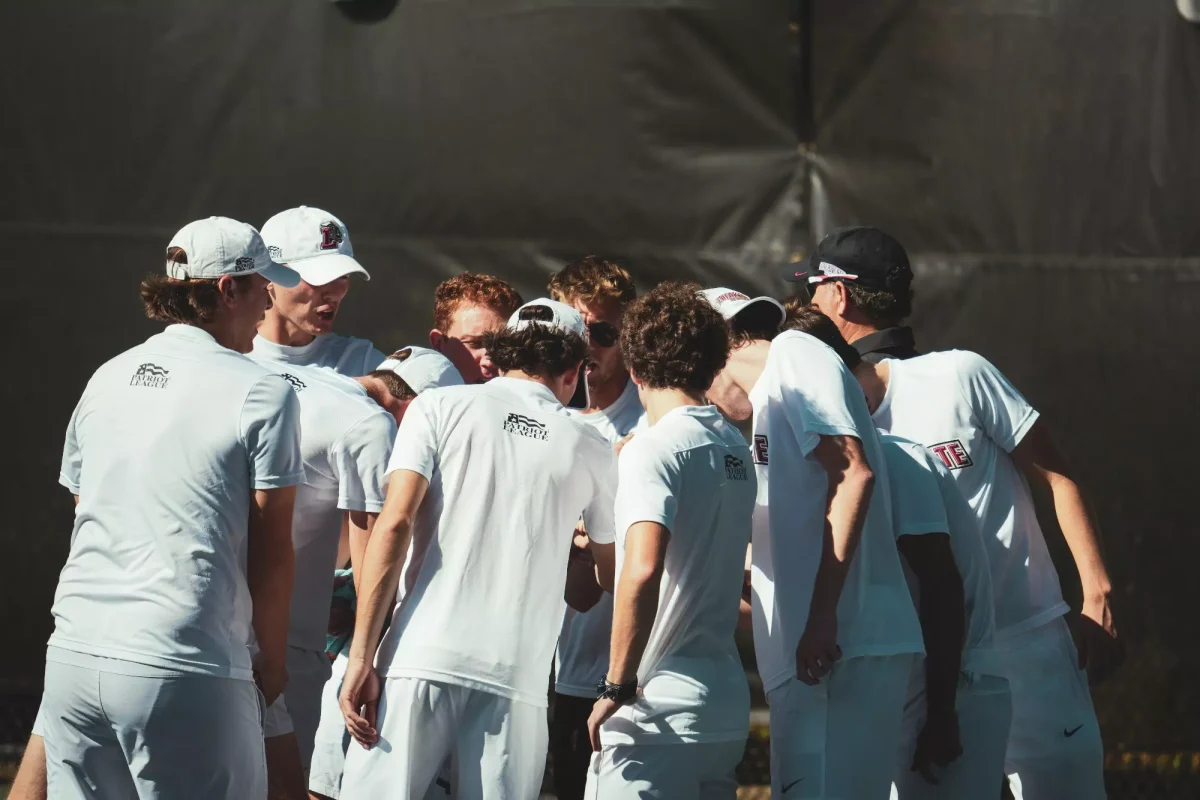By Drew Friedman ‘16 and Mike Morgan ‘16 | Collaborative Reporters
After grabbing the loose ball from rolling out of bounds, he executes a quick crossover move, dodging one defender leaving the lane to the hoop open for a drive.
Seeing an opponent bearing down to prevent an easy layup, he now bolts for the paint, slamming into a defender.
The two collide forcefully.
He has trouble returning to his feet, and needs assistance leaving the court.
With a shattered ankle, the Division I athlete begins to realize he may be out of competition for months.
The worst part is he injured himself in a charity basketball tournament.
Imagine if this happened to a student-athlete at Lafayette.
For years, out-of-season Lafayette student-athletes have participated in philanthropy events, as well as intramural sports, playing sports different from their varsity team.
Athletes who participate in these events are constantly running the risk of injury.
“He would kill us if we got injured in something like that,” men’s basketball player Nate Musters ’16 said, referring to head basketball coach Fran O’Hanlon.
This year’s Alpha Phifa soccer tournament was no different. Playing on a team comprised exclusively of student-athletes, soccer player Erik Cannon ’14 and his team proceeded to win the tournament.
As a senior who will be graduating in just over two weeks, Cannon no longer runs the risk of missing games due to injury. However, he said that some younger players do take that risk.
“I know some people on my team do play in the winter and spring when they still have a year left to compete,” Cannon said. “So they take it a little bit easier.”
As a member of the winning team at last year’s Jeremy Saxe Basketball Tournament, Bryce Scott ‘16 of the basketball team can attest to this.
“I avoid as much contact as I can,” Scott said. “Maybe that means not going to the rim as much or shooting from a little bit further distance.”
Jared Roberts ’15, starting safety on the football team, recalls his experiences in these events.
“I definitely make an effort not to get hurt,” Roberts said. “But as a competitor, instincts just take over sometimes and you can’t help it.”
Lafayette’s student athlete handbook does not explicitly discouraging participation in philanthropy events, so it is up to the head coach whether he or she will allow the players to participate in philanthropy events and intramurals.
“Coach Tavani doesn’t discourage us from playing,” football defensive back Jared Roberts ‘15 said. “But I’m sure he would be happier if we didn’t.”
Just like Tavani, most coaches are hesitant about allowing their players to participate in any kind of physical activity that is not organized by their respective varsity teams.
“I don’t think so,” women’s soccer coach Mick Statham said, speaking on whether he would allow his team members to participate in philanthropy events. “I think anything contact is too much of a risk when they can chip in in so many other ways.”
Student athletes are required to contribute their time to the surrounding community.
“I have my team participate in multiple community service projects including assisting the Northampton County Special Olympics, volunteering at Safe Harbor, assisting with the Bone Marrow Drive,” said head baseball coach Joe Kinney.
These events pose no risk of injury however, unlike the more competitive nature of philanthropy sporting events with organized teams and contests.
While coaches agree that their players participating in philanthropy events run a risk, they also see the positives that these events may hold.
“There’s always the risk versus reward of getting hurt,” Cannon said. “But I think if it’s for a good cause, [coaches] see the good cause and see the good time that could be had, so I think that in the end they weigh that against getting hurt.”
Each of these charity events aim to benefit a different cause. For example, Alpha Phifa raises money to be donated to the Alpha Phi Foundation, which supports women’s heart health.





















